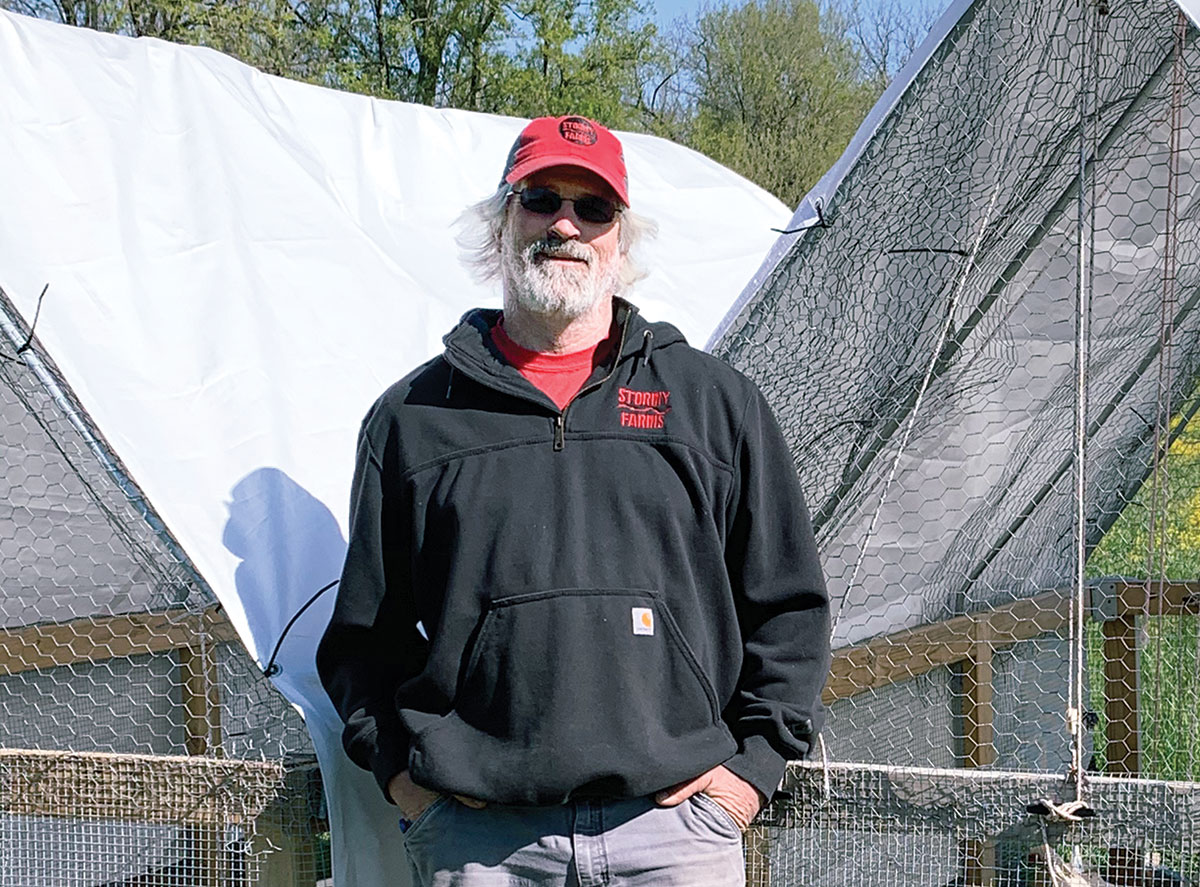
Questions about the Veterinary Feed Directive changes, which will go into affect Jan. 1, 2017, continue to loom.
The VFD is not a new concept and has actually been on the books since the late 1990s. Any new feed-grade antibiotic preparation approved for use since then has carried this designation. In order to use these products, such as tilmicosin for pigs and cattle and florfenicol for pigs and fish, producers have needed to get a VFD from a veterinarian prior to use of the drugs. The FDA will now expand the use of the VFD to many common feed-grade antibiotics currently used by food animal producers.
University of Missouri State Extension Veterinarian Dr. Craig Payne has been touring the state, talking to producers and veterinarians for the last several months in an effort to explain how the new regulations regarding the use of antibiotics in feed and water will impact livestock producers.
At a recent informational meeting in Laclede County, Mo., Payne explained that the changes have been prompted, at least in part, because of consumer concerns regarding alleged antibiotic residues in animals used for food.
“That’s why products that are organic, natural, antibiotic free, or whatever the case might be, are popular,” he said. “The other part of this antibiotic debate or issue is antibody resistance. The thought process behind this is if we use antibiotics in livestock, could we be creating antibiotic-resistant bacteria that could cause problems in the human population? We really don’t have an antibiotic resistance issue in the United States.”
Payne went on to say that the U.S. Department of Agriculture has had an antibiotic residue monitoring system in place since the mid-1960s. Tissue samples are taken from animals in packing facilities across the country and those samples are tested for antibiotic residues, either through scheduled sampling or inspector-generated sampling.
The most recent data, Payne said, shows only a small percentage of animals tested have tested positive for antibiotic residues.
He called the fear of an antibiotic resistant bacteria that impacts humans being created because of antibiotics in livestock a “theory.”
“There is antibiotic resistance in the human people population, but there is no evidence that I am aware of that there is a linkage. There are a lot of assumptions, but no cause or affect,” he said.
Changes
Payne explained that there are two main changes in association with the VFD. The first deals with medically-important feed-grade or water-soluble antibiotics that have a claim on the label, such as improved rate of weight gain or improved feed efficiency. These claims will be removed from the label and the antibiotic will no longer be permissible to be used for those production purposes.
“Some of the antibiotics you are familiar with do have a claim of increased weight gain on the label,” Payne explained. “You aren’t going to see that starting next year, maybe even toward the end of this year.”
Under the VFD, medically-important feed-grade antimicrobials can only be fed for the treatment, control and prevention of disease, not for production purposes.
“What the FDA is saying is that they are OK with using these antibiotics for prevention, treatment and control, but they aren’t OK with those improve rate gain and feed efficiency indications. They no longer want those antibiotics to be used for those purposes,” Payne said.
Extra-labeled drug use is using a drug at a dose or route of administration or in a species for which it is not specified on the label for and will not be allowed.
“I know a lot of folks use Aureomycin to control pink eye problems in the summer time,” he said. “The deal is, it’s not approved for pink eye. It’s labeled for the treatment or control of anaplasmosis, pneumonia and bacterial enteritis due to E. Coli. So that this means, it’s not going to be permissible to go into a veterinary clinic and ask for them to write you a prescription to prevent pink eye. ”
The second change deals with the same antibiotics requiring veterinarian oversight and a prescription (a VFD) as of Jan. 1.
“To purchase those antibiotics that are considered medically important, your vet is going to have to fill out a form that they will send to the feed distributor that gives permission to dispense that drug or medication in the feed. I want you to understand it’s just not something like Aureomycin crumbles; if it is in bagged feed, a mineral block, a mineral mix or milk replacer and it has one of these medically important antibiotics in it, you are going to have to have a VFD from your veterinarian before you can purchase and use those products.”
Water-soluble antibiotics fall under the same classification.
“If you have been using water-soluble antibiotics from a farm store, don’t expect to see it on the shelves next year,” Payne said.
Feeds containing Rumensin, Bovatec, Deccox, Corid, Altosid, feed grade wormers or MGA are not included in the VFD.
On-farm mixing will still be allowed, but producers will be required to obtain a VFD to mix medically-important antimicrobials.
Obtaining a VCPR and VFD
If a producer is currently working with a veterinarian, Payne said it is likely that a VFD is in place and that a veterinarian-client-patient relationship (VCPR) has been established.
“There’s really nothing special here that is going to change, other than you are going to need a VFD to get those products. For those of you who don’t use a veterinary very often, if you want to continue using these drugs, I would suggest you get with a veterinarian and establish that VCPR so that they can write you the VFD.”
He added that if a veterinary is giving a producer drugs such as Baytril, Draxxin and Nuflor, which currently require a prescription from a veterinarian, that VCRP has been established.
VFDs will only be valid for six months.
“If they write you a VFD and you feed something year round, you are going to need a VFD two times a year,” Payne explained. “The significance of that expiration date is that by the letter of the law, when the VFD expires, no matter how much of that medicated feed you have left, you aren’t supposed to be feeding it.”
In order to obtain that VFD, the producer must provide their veterinarian with the class of the animal (ie, beef calves over 700 pounds, dairy cows, swine, etc.), the approximate number of animals that will be fed the medicated feed and the location of the animal(s).
For producers who have livestock in multiple locations, they will be required to obtain a VFD for each location.
He added that producers should not “short change” the number of animals noted on the VFD because dosage amounts will be calculated at the feed mill.
“If you say you are only going to feed it to 50 cows and you feed it to 100, your only going to get enough for 50 cows, and if you go back in requesting more, you are going to have to have an explanation why.”
VFDs will also only be written for a single feed distributor.
“You can’t make a copies and take it to multiple distributors,” Payne said. “The exception to that is if the retail entity owns multiple locations, one VFD could go to the distributor.”
The veterinarian, the producer and the feed distributor must retain VFDs for two years, and a separate VFD will be required for each species.
Payne added even a bee keeper who might use Tetracyclines in food provided to bees will be required to obtain a VFD because Tetracyclines are on the medically – important – antimicrobial list.
Injectable antibiotics, at this time, do not fall under the VFD and do not require a prescription.







